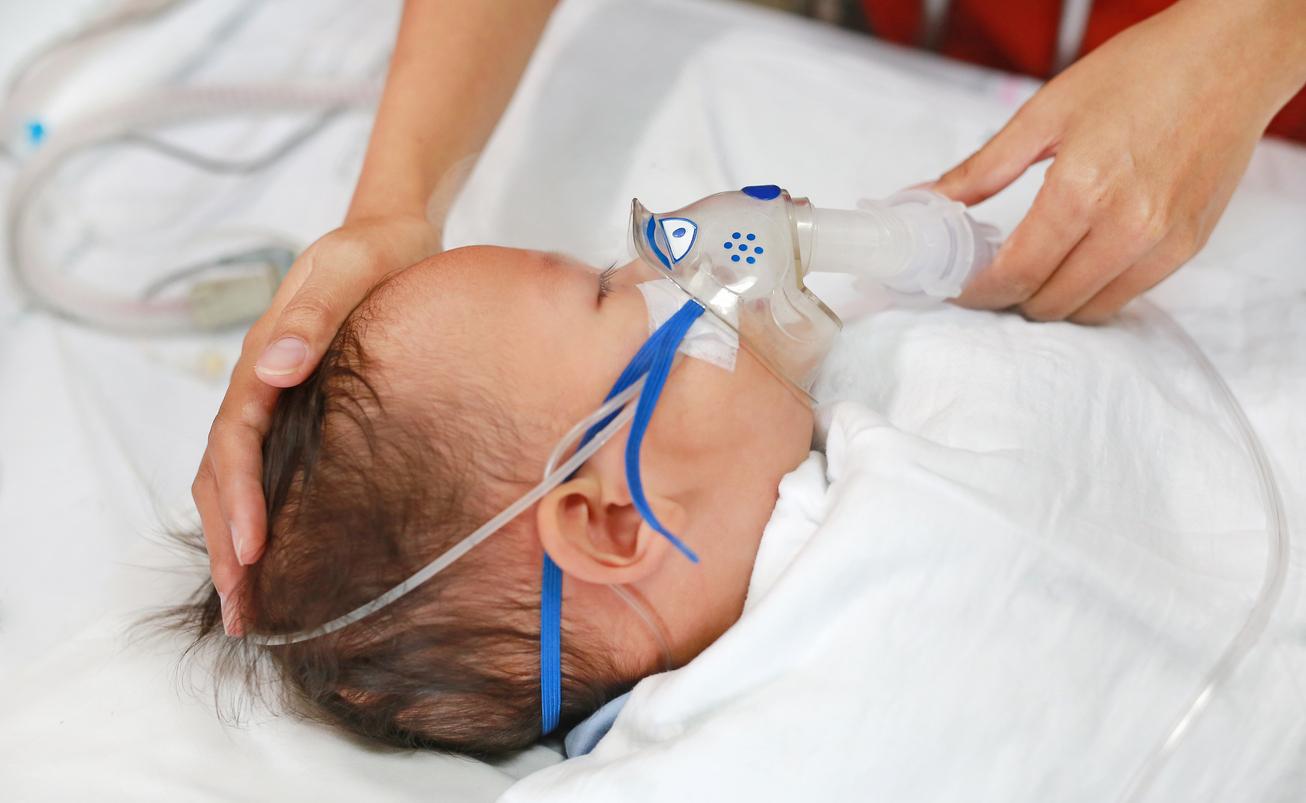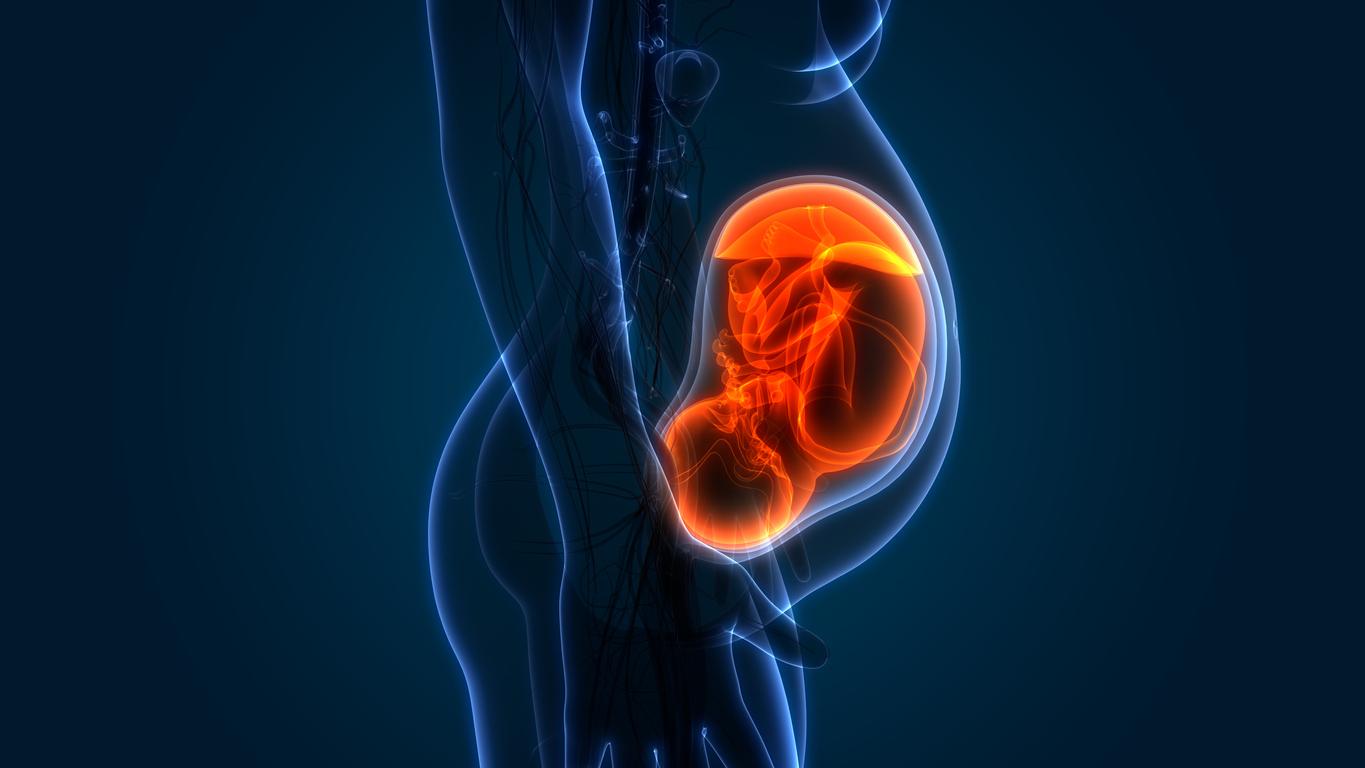Taking care of your teeth is important… even for young children, and even if they only have baby teeth! Doctor Romain Jacq, dental surgeon member of the French Union for Oral Health (UFSBD) advises to start care even before the teeth come out. “When baby’s teeth grow, parents can apply a damp compress or a small wet toothbrush to their gums.” This gesture will have two positive effects: “relieve the baby and start getting him into the habit of brushing”.
Healthy baby teeth for healthy permanent teeth
But why take care of baby teeth since, anyway, they are destined to fall out? “The last baby teeth fall around 11 or 12 years old so they still stay in the mouth for a very long time!”, first alert Doctor Jacq. And baby teeth play several essential roles: they allow the development of adult teeth, are essential for the child’s diet and speech. Afterwards, “a cavity on a milk tooth generates pain, even an infection” and are therefore problematic for the child.
Finally, problems with baby teeth can affect permanent teeth : having a cavity on a milk tooth multiplies by three the risk of having a cavity on the permanent teeth. And for good reason: who says cavities says particular bacteria, which will remain in greater quantity in the mouth if the decayed tooth is not treated.
A trace of toothpaste is enough
Daily brushing must therefore be implemented as soon as the first teeth appear around the age of six months., with a brush adapted to the size of the mouth and with a fluoridated toothpaste. Toothpaste that will be applied in very small quantities: “at first just a trace of toothpaste on the toothbrush until the age of three then, from the age of three, a pea of toothpaste”, describes Doctor Jacq.
The toothpaste used must also contain a dose of fluoride adapted to the age of the child. To do this, check the fluoride dosage written on the toothpaste tubes and expressed in “parts per million” (ppm): up to six years, the appropriate dosage is 1000 ppm.
Fluorine: neither too much nor too little
Why such a precaution? If fluoride is essential to prevent cavities, too high an intake can lead to fluorosisan uncommon disease in France that affects the enamel and causes opaque white spots on the teeth.
But rest assured: “Up to the age of three or four, even if the children do not know how to spit and swallow the toothpaste, the recommended fluoride dosages and quantity on the brush ensure an almost zero risk of fluorosis.”
On the other hand, ban toothpaste without fluoride because they do not strengthen the enamel or make it less sensitive to acid attacks that follow food intake.
No bottle before bedtime
The toothbrushing routine must be associated with the establishment of good habits. In particular, avoid bottles of fruit juice, milk or soda before bedtime: the sugar contained in these drinks remains in the child’s mouth during sleep and promotes the appearance of cavities. This is what dentists called “bottle caries”, now called “early childhood caries”.
First time at the dentist: from one year
In addition to brushing, consider programming your child’s first visit to the dentist. “It will take place from the first birthday of the child, during his second year”advises Dr. Jacq.
This consultation allows the dentist to identify possible injuries or cavities, to determine the child’s risk of developing cavities and to provide cleaning advice. He can also guide parents to help their child stop sucking their thumb or a pacifier, risky behaviors for their teeth.
Sources:
- Interview with Doctor Romain Jacq, dental surgeon member of the UFSBD
- Baby area – Children, UFSBD
- Your child’s teeth from birth to six years old, UFSBD advice sheet
- The importance of baby teeth and the risks associated with cavities in toddlersAmeli.fr, May 31, 2021
Read also:
- 10 misconceptions about dental care
- 12 Bad Habits That Are Damaging Your Teeth
- 9 Foods (Other) Than Candy That Promote Cavities

















